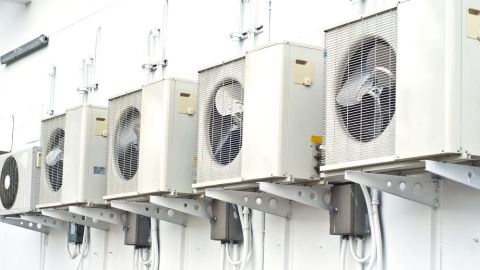New Material Could Cool Buildings Without Air Conditioning

Engineers at Stanford University have created a material that could cool buildings to a comfortable temperature without the use of air conditioning. The special surface reflects sunlight and radiates heat at a unique frequency allowing it to vent through the Earth’s atmosphere.
Called passive radiation cooling, scientists have long studied the ability of certain materials to essentially use the universe as a heat sink. While previous materials could radiate heat only at night, absorbing sunlight by day, researchers at Stanford covered the surface with an extremely thin mirror—just eight to thirteen microns think—allowing ninety-seven percent of sunlight to be reflected.
The team’s next task is to create a square-meter tile of the material that could be used to cover the tops of buildings. Stanford electrical engineer Shanhui Fan, who led the development of the material, said entire buildings could be cooled without the use of air conditioning. Since approximately fifteen percent of a building’s energy is given to air conditioning units, the material represents a substantial power savings.
Read more at Technology Review
Photo credit: Shutterstock





